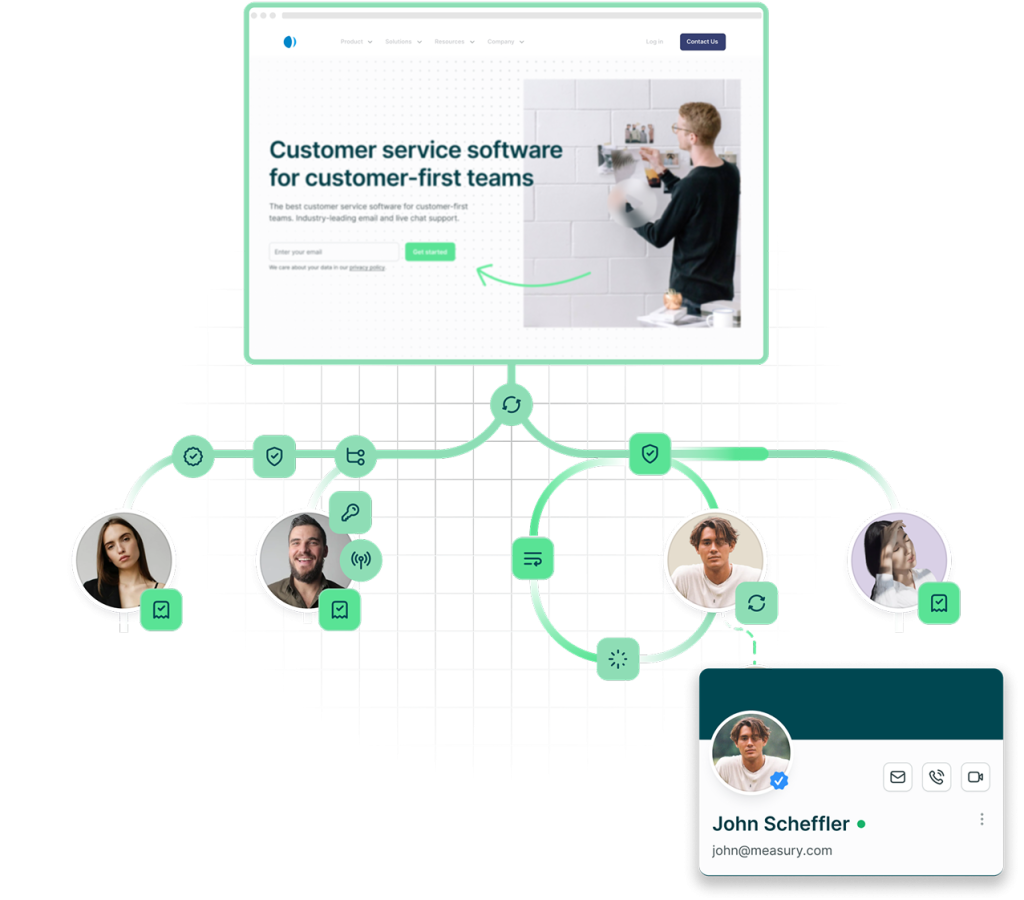Companies using PL/1 by IBM in 2025
As of 2025, 337 verified companies use PL/1 – across industries, company sizes, and geographies. This is real, verified data. Whether you’re looking to analyze the market, build a target list, or get a sales edge – this is your starting point.
What is PL/1 by IBM?
PL/1 by IBM, is a high-level computer programming language. It combines features from prior languages like FORTRAN, COBOL, and ALGOL. It is used across various industries for scientific, engineering, and business applications. Therefore it is mostly used in the software development departments in those companies.
Last updated date
Number of Companies using
337
The majority are based in the
United States
Most common industry?
Business Services
PL/1’s sample user list in 2025
We have data on 337 companies that use PL/1. Our PL/1 customers list is available for download and comes enriched with vital company specifics, including industry classification, organizational size, geographical location, funding rounds, and revenue figures, among others.
Get a Free Sample of Companies that use PL/1
We’ll send you a personalized preview of companies using PL/1—tailored to your ideal customer profile. No fluff. Just verified data. And a chance to turn tech signals into pipeline.
PL/1 users and customers by country
2.6K Companies
2.6K Companies
2.6K Companies
2.6K Companies
Where PL/1 Shows Up Most
PL/1 is used across a wide range of sectors:
Business Services
Finance
Custom Software & IT Services
Manufacturing
Banking
From lean startups to global enterprises, PL/1’s footprint is wide, and that means opportunity.

Tech Stack Database
How It Works
It’s everything you wish outbound was—automated, precise, and scalable.
- Landbase finds and qualifies your ideal prospect data automatically
- Landbase deploys specialized AI agents to generate and run high-converting campaigns
- Landbase executes across all channels, handling all the technical complexity behind the scenes.
- Your pipeline fills up. You get to focus on strategy, not busywork.
Trusted by High-Performing GTM Teams
Join the teams using Landbase to:
- Eliminate manual prospecting
- Fill pipeline faster
- Win against competitors
- Built for SDRs, AEs, RevOps, and GTM Leaders
- Powered by AI. Delivered with Speed
FAQs
Contact UsHow current is this data?
This data is updated on August 17, 2025
What is PL/1?
PL/1 is a high-level computer programming language that combines features from FORTRAN, COBOL, and ALGOL. It is used for scientific, engineering, and business applications.
How many companies are using PL/1 in 2025?
As of 2025, our data shows that 337 verified companies are using PL/1.
What industries are using PL/1?
PL/1 is used across various industries, including Business Services, Finance, Custom Software & IT Services, Manufacturing, and Banking.
Which country uses PL/1 the most?
According to our data, the United States uses PL/1 more than any other country.
Where can I find a list of companies using PL/1?
A list of companies using PL/1 is available for download. The list includes company specifics such as industry, size, location, funding, and revenue.
